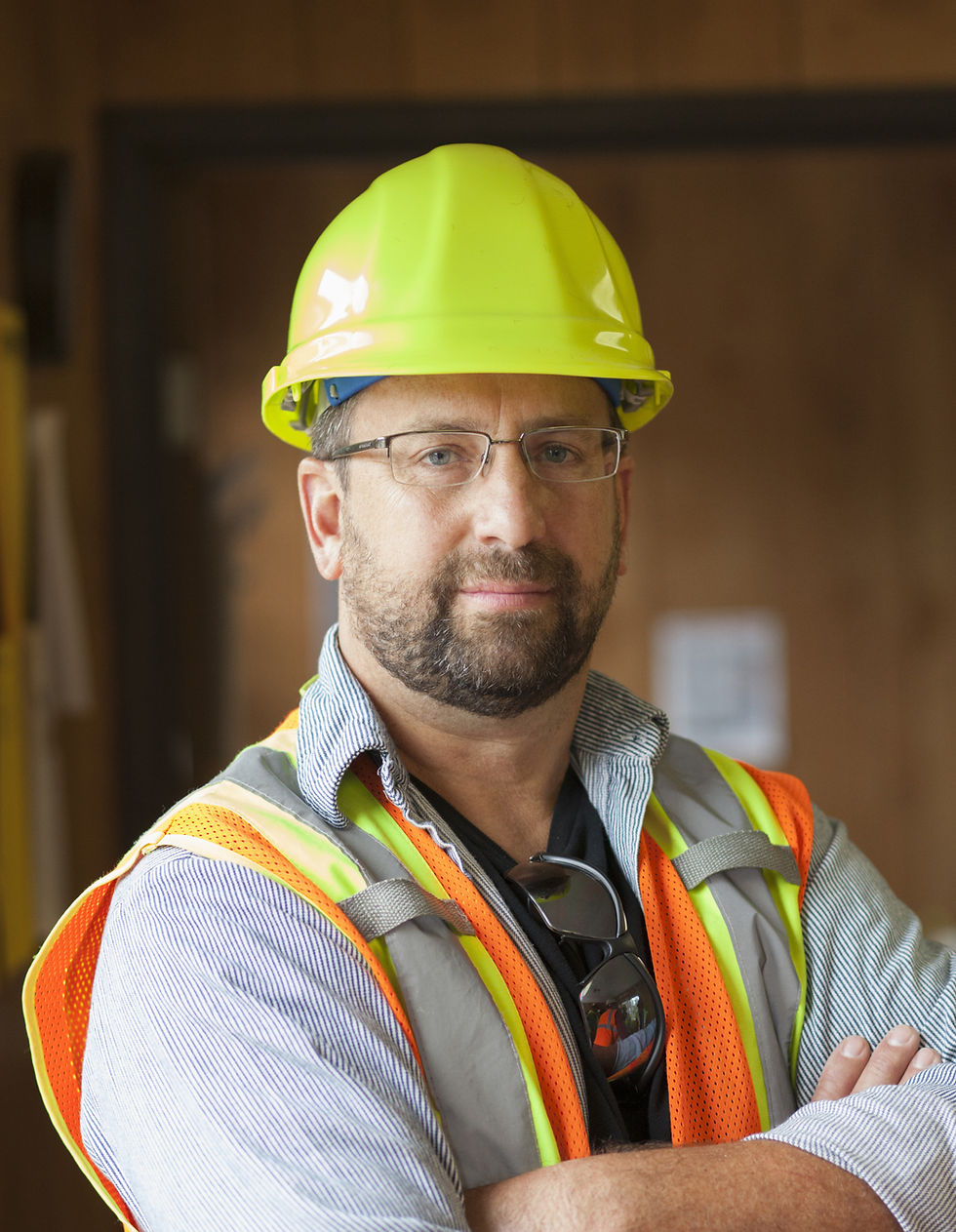
While most people know a tradie how many of you know that August is Tradies National Health Month?
The idea behind Tradies National Health Month is simple – help raise awareness of the health and injury risks affecting those who work in trade occupations. This awareness is not only for the tradies themselves but also for their families, employers and wider community.
For those working in trade occupations, their health is their most important tool. Despite this, Australian tradies are involved in three out of five serious workplace injuries, even though they only make up 30 per cent of the Australian workforce. Tradies experience some of the highest rates of injury and time off work compared to other workers, which can place not only physical, but emotional and financial strain on tradies and their families. With the average time off work due to injury being 5-6 weeks, this is time off work that many tradies just can’t afford.
Trade jobs, by nature, are physically demanding, and those undertaking them are susceptible to a wide range of overloading and overuse injuries. While most tradies would not hesitate to get their work tools fixed and/or serviced when they aren’t working properly, they often ignore niggles and pain in their joints and muscles – even though they rely on their body as their most important work tool.
Most injuries to tradies occur as a result of ignoring pain and niggles, rushing at work, improvising with tools or equipment or being distracted by everyday tasks. The most common injury experienced by tradies is back pain, largely due to the fact that the back is involved in most tasks undertaken by tradies at work. Ensuring that work is undertaken using correct positioning, good technique and the appropriate equipment can help to reduce the risk of injury.
Lifting is another key area where injuries occur on worksites. Tradies often have to lift heavy and/or awkward loads and, if not done correctly, this can cause significant injuries. Lifting loads properly by using good lifting posture (maintaining the natural curves in your spine, especially in your lower back) and keeping the load close to the body helps with injury reduction. It’s also a good idea to use lifting equipment if available, or ask a mate for help with heavy loads.
Other common injuries experienced by tradies include shoulder injuries relating to repetitive reaching, lifting and holding; knee injuries associated with repetitive bending; and ankle injuries associated with walking on uneven worksite surfaces. Hand injuries often occur when tradies are distracted using power tools, so it is important to keep your mind on the job at all times.
Being flexible can help to reduce the risks of workplace injuries and it can be as simple as performing 5-10 minutes of stretches before starting work each day. Key areas to focus on are the shoulders, chest, back, hamstrings and quadriceps. Strength in these muscle groups is also important, as is strength in the core stabilisers.
If you are unsure of what exercises or stretches to do, or you have ongoing niggles or pain, talk to your physiotherapist about what you should be doing. Moreton All Body Care will be running a number of events and activities for Tradies National Health Month during the month of August. Check their Facebook page for more details.
Reduce injury risks at work:
Warm up before you start working with some simple stretches for the joints and muscles you use most throughout the day.
Pace your workload and work rate to avoid overuse and fatigue.
Identify risks and make them known to workmates. Speak up if you think that the risk level is too high.
Don’t increase your injury risk by rushing.
Seek advice from your physiotherapist if you experience ongoing aches and pains.
Manage injuries immediately with RICE (Rest, Ice, Compression, & Elevation).